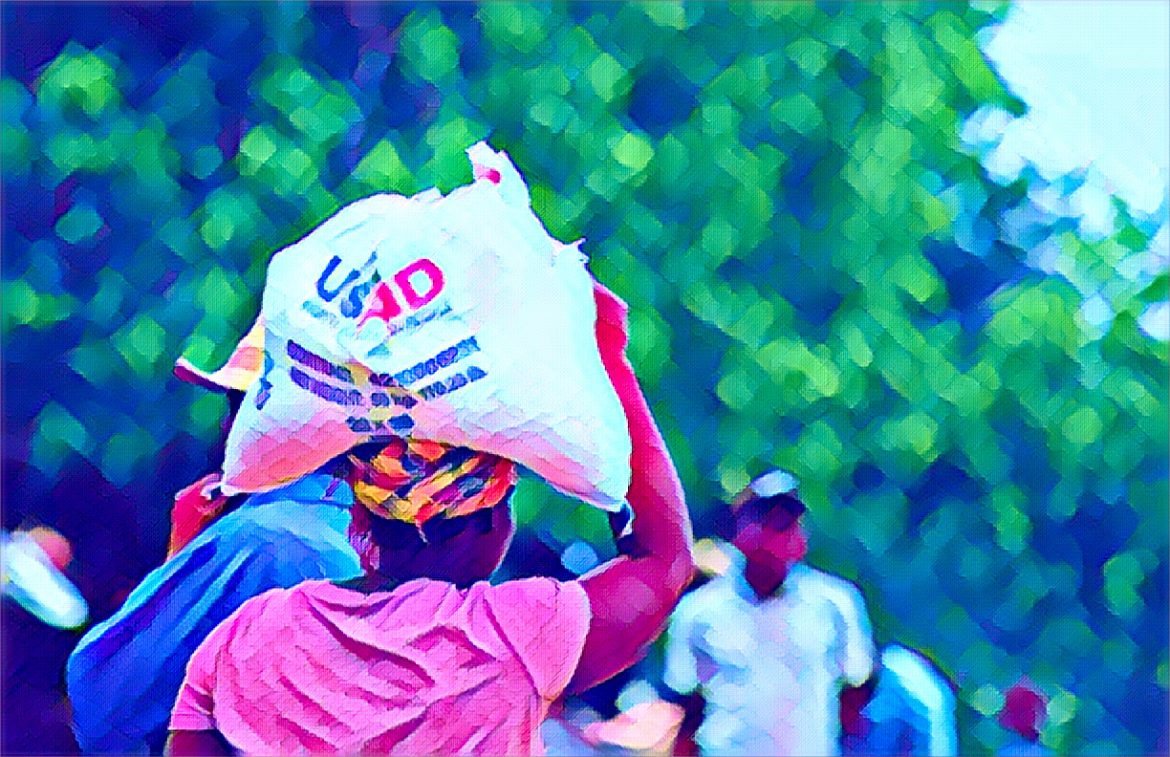As the grip of drought tightens across southern Africa, governments, aid organizations, and concerned parties are urged to prepare for an extended period of heightened food assistance demands and potential emergency levels of food insecurity. USAid’s recent assessment highlights Zimbabwe, among other deficit-producing nations, as particularly hard-hit by the El Niño-induced drought, with approximately two million people teetering on the brink of starvation.
In response to the escalating crisis, President Emmerson Mnangagwa has officially declared the drought a state of disaster, citing an urgent need for a staggering $2 billion to provide crucial assistance to those in dire need.
According to a comprehensive report titled “Strong El Niño Will Drive High Needs across Southern Africa through to early 2025,” released by USAid’s Famine Early Warning Systems Network (FewsNet), the situation is dire. Over 20 million individuals across the region are anticipated to require food assistance during the peak of the lean season from January to March 2024. Moreover, the report forecasts that below-average harvests in 2024 will deplete available food supplies earlier than usual, leading to sustained high levels of food assistance needs well into 2025.
The impact of adverse weather conditions, including hot and dry spells in the western region and the devastation wrought by Cyclone Freddy in the east, has severely undermined agricultural production in parts of Zimbabwe, Mozambique, and Malawi. Of particular concern are the southern and western deficit-producing areas of Zimbabwe, southern Malawi, central and southern Mozambique, and southern Madagascar.
FewsNet highlights that the 2023 maize crop in these regions performed poorly due to various cyclonic events and irregular rainfall patterns. While agricultural output in 2024 is anticipated to be subpar, the severity of the crisis hinges on the extent of rainfall deficits and the distribution of precipitation, notably between December and February.
The region faces a confluence of challenges, including conflict, economic instability, and limited income-earning opportunities, which further exacerbate the food insecurity situation. Most vulnerable households rely on income from casual labor and small-scale trading, but stiff competition and reduced liquidity among better-off households are expected to curtail earnings. To cope, impoverished households are likely to seek out or expand alternative income sources.
Looking ahead, FewsNet anticipates that regional food assistance needs will surge to unprecedented levels, with some of the worst-affected households facing significant food consumption deficits indicative of Emergency (IPC Phase 4) in the absence of substantial humanitarian aid.
The report underscores the critical importance of collaboration and coordination among all stakeholders to mount an effective response to the escalating food crisis in 2024 and beyond.
Source: Newsday


